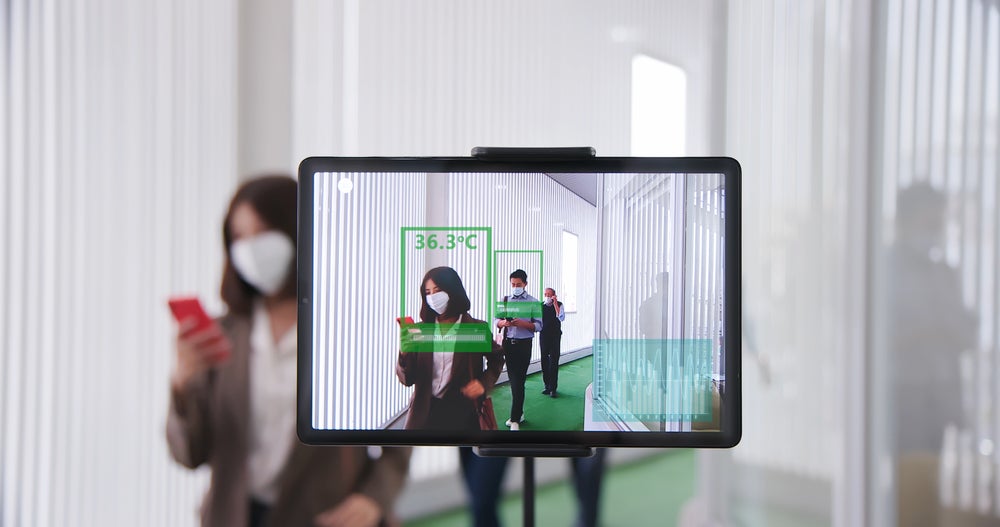Vaxcyte. has filed a patent for immunogenic compositions that include Group A Streptococcus (GAS) polypeptide antigens and polypeptide-polysaccharide conjugates. These compositions can be used to induce immune responses against GAS infections. The patent claim specifies the specific components of the immunogenic composition, including the use of non-natural amino acids and a variant of GAS polysaccharide. GlobalData’s report on Vaxcyte gives a 360-degree view of the company including its patenting strategy. Buy the report here.
According to GlobalData’s company profile on Vaxcyte, LPS antibody-based anti-bacterials was a key innovation area identified from patents. Vaxcyte's grant share as of September 2023 was 3%. Grant share is based on the ratio of number of grants to total number of patents.
Immunogenic composition for inducing immune responses against gas infections
See Also:
A recently filed patent (Publication Number: US20230293658A1) describes an immunogenic composition for inducing a protective immune response against Group A Streptococcus (GAS) bacteria. The composition includes a combination of GAS polypeptide antigens and polypeptide-polysaccharide conjugates. The conjugate polypeptide can be a third GAS polypeptide antigen or a non-GAS carrier polypeptide, and it contains at least one non-natural amino acid. The conjugate polysaccharide is a GAS polysaccharide or a variant lacking an immunodominant N-acetyl Glucosamine (GlcNAc) side chain.
The patent claims specify various combinations of GAS polypeptide antigens, including C5a peptidase, streptolysin O (SLO), Sib35, Sfb1, and SpyAD. The composition can include C5a peptidase and SLO as the first and second GAS polypeptide antigens. The amino acid sequences of these antigens can be identical or at least 95% identical to specific sequences provided in the patent claims. Fragments of these antigens can also be used.
The patent claims also mention the use of a third GAS polypeptide antigen or a non-GAS polypeptide antigen, such as Streptococcus pyogenes Adhesion and Division (SpyAD) polypeptide, arginine deiminase (ADI), Protein D, or SLO. These antigens can be used in combination with C5a peptidase and SLO. The SpyAD polypeptide can have a pAMF substitution at specific positions in its amino acid sequence.
The conjugate polypeptide can also be a ferritin polypeptide, which is at least 95% identical to a specific sequence provided in the patent claims. The ferritin polypeptide can have a pAMF substitution at a specific position.
The immunogenic composition can be administered to a subject to induce a protective immune response against GAS bacteria. It can also induce an antibody response against GAS bacteria without inducing an antibody response against human tissue. Additionally, the composition can be used to induce a protective immune response against Shigella bacteria, which have a polysaccharide with a polyrhamnose backbone.
Overall, the patent describes a novel immunogenic composition that combines GAS polypeptide antigens and polypeptide-polysaccharide conjugates to induce a protective immune response against GAS bacteria. The specific combinations and sequences of antigens and conjugates provide potential targets for vaccine development.
To know more about GlobalData’s detailed insights on Vaxcyte, buy the report here.
Premium Insights
From

The gold standard of business intelligence.
Blending expert knowledge with cutting-edge technology, GlobalData’s unrivalled proprietary data will enable you to decode what’s happening in your market. You can make better informed decisions and gain a future-proof advantage over your competitors.




